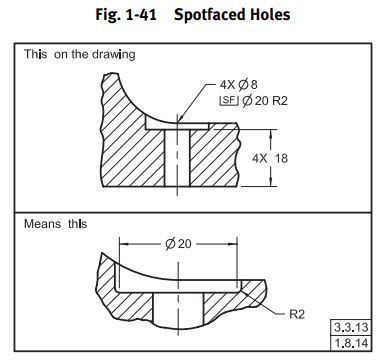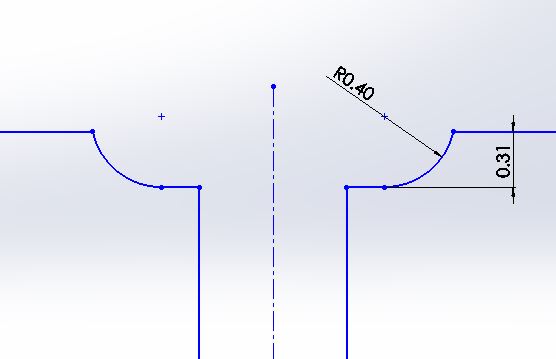Burunduk
Mechanical
- May 2, 2019
- 2,513
What is your way of specifying and controlling the location of a shallow spotface for which the depth is specified and is smaller than the fillet radius?
The standard is Y14.5-2009.
Thank you
The standard is Y14.5-2009.
Thank you


